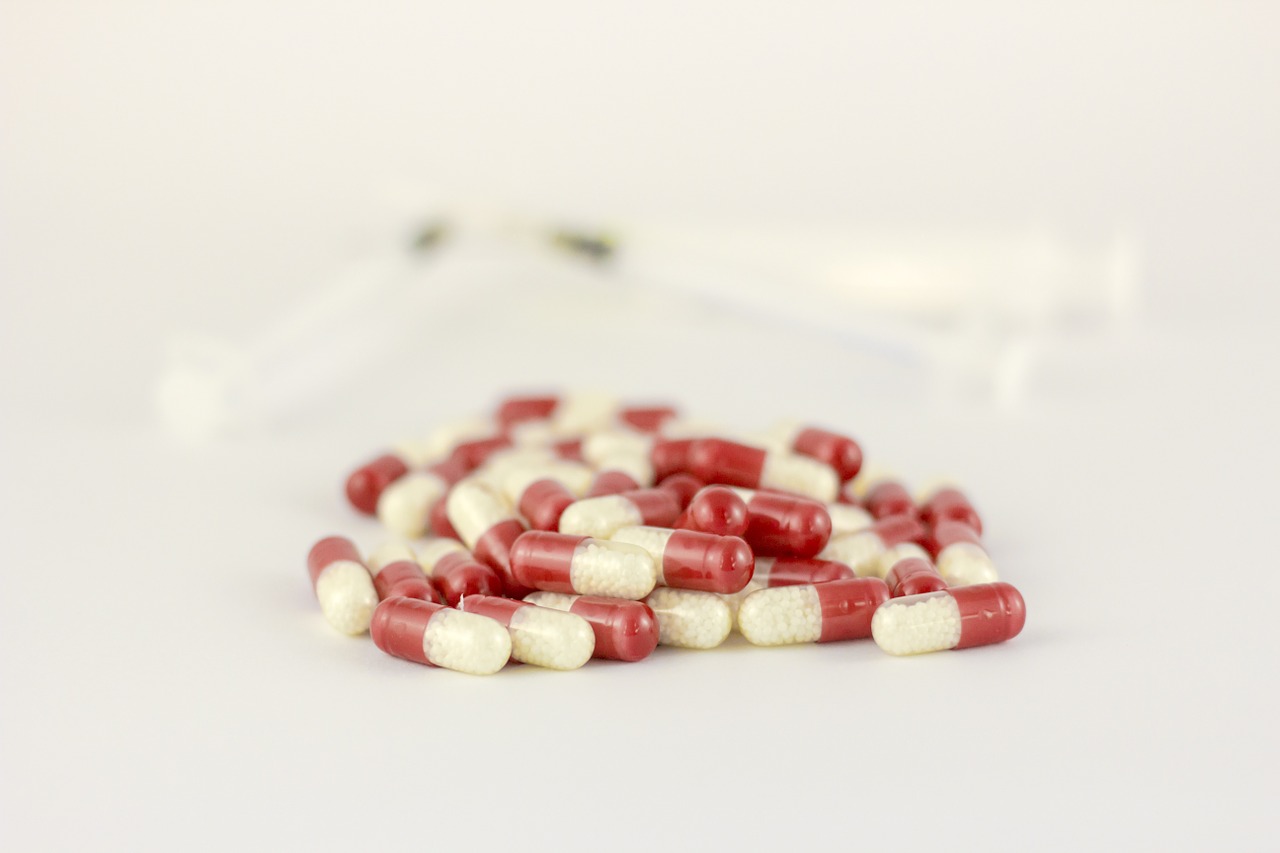Podcast: Play in new window | Download (Duration: 13:30 — 19.1MB) | Embed
Pseudoephedrine is commonly used to help relieve nasal congestion.
There are some adverse effects you need to be aware of with pseudoephedrine. Insomnia, increase in blood pressure, and urinary retention are all possible.
When I assess a patient using pseudoephedrine, I like to investigate blood pressure, history of urinary problems and insomnia history.
Pseudoephedrine can cause the prescribing cascade. I lay out examples in the podcast.
Pseudoephedrine should not be utilized with MAOI’s if possible – I discuss the reason for this in the podcast.
Enjoy the show and don’t for get your FREE 31 page resource!










